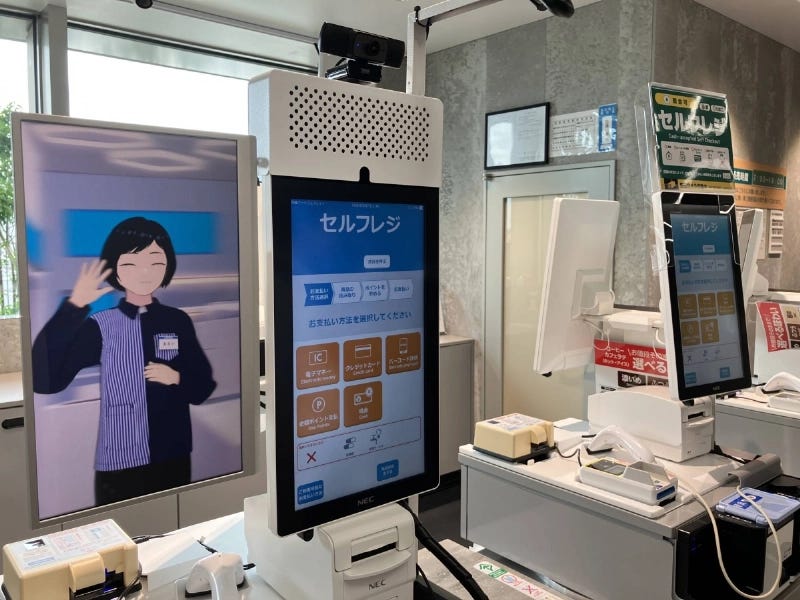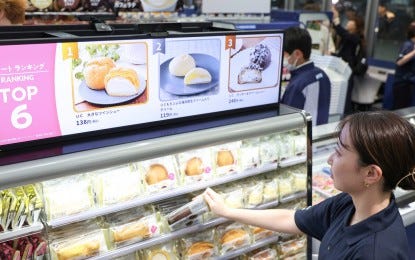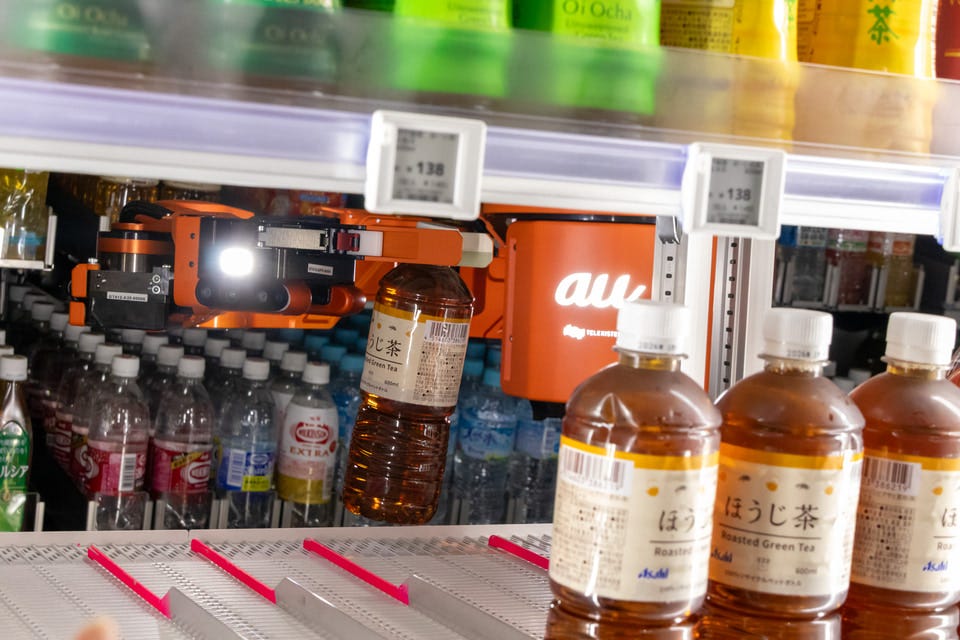When Stores Get Smart: How Lawson Is Rewriting Retail
If you know me, you know I’m a retail geek. I find a lot of joy when I walk into a new supermarket or convenience store. I like to explore the tech they use, new goods I have not seen before, and their distribution. Also reminds me of my early days in Japan working at a retail-tech Japanese company.
On June 23, Lawson and KDDI opened their “Real×Tech LAWSON” flagship at Takanawa Gateway City, showcasing how real omotenashi and cutting-edge technology live together inside a convenience store.
In this article, I will explore Japan’s retail digital transformation, dive into what’s happening at this Lawson store, and think about what might come next.
The Key to Retail’s Future
Retailers around the world are pouring ever more into technology. Gartner data shows global IT spending hitting a record US $5.43 trillion in 2025, up nearly 8 percent from 2024, much of it driven by AI and automation initiatives . Narrowing to retail specifically, experts forecast that global retail tech investment will climb past US $260 billion by 2027.
By 2050, Japan’s population is expected to drop to around 108.3 million, a decline of roughly 14 percent from 2020 levels, as fewer births and an ageing workforce reshape the retail landscape.
Combine that with rising labour costs and changing consumer habits, and you get a perfect storm pushing retailers to test and implement new technologies at their stores.
For example, a month back, I walked into a supermarket in Tokyo where carts were powered with tablets where you could self-scan the products either with your phone or a scanner. You can also find cashier‑free stores tucked in Tokyo alleys, supermarkets trialling robotic shelf‑stocking, and chains rolling out smart shopping carts with built‑in scanners. All of these point to one thing: digital transformation isn’t a nice‑to‑have; it’s a must.
Lawson’s Takanawa Store: A Living Lab
Lawson has been on this journey for some time, partnering with KDDI, rolling out mobile app integrations, and piloting small‑scale tech stores since 2019. After KDDI took a 50 percent stake last year, they’ve doubled down. At Takanawa Gateway City, they’ve packed in experiments across four key areas:
• AI‑powered signage: touch a shelf label and the overhead display shows product stories, sustainability info or limited‑time promos, helping you shop with more confidence.
• Smart‑city integration: live feeds on weather, train delays and local events stream to in‑store screens, turning the store into a community hub. This digital signage can also use information from Takanawa Gateway City (Urban OS) to display real-time information such as weather, train delays, and congestion levels.
• Robotics and AI ops: Automated bots handle beverage restocking, cleaning, and even frying “Karaage‑kun,” while AI agents crunch tag‑and‑camera data to forecast staffing needs, aiming for a 30 percent cut in store operation time by 2030.
An automatic cleaning robot that cleans the store in about an hour. It does everything from suction to wiping with water.
• Remote service and AI Ponta: video booths connect you on demand to specialists in telecoms, finance or healthcare, while a friendly Ponta robot offers chat, fortune‑telling and product tips through natural conversation.
Where Retail Tech Goes Next?
This flagship is part showroom, part lab. Over the coming months, we’ll see which tech sticks aand how quickly will Lawson scale up these features across its 14,000 stores.
A couple of years back, when I was in NY on a business trip, we visited an Amazon Go store and honestly, I feel that Amazon was already doing quite good at the time. If the goal is to make the store unmanned, this approach of Lawson can work. However, if the goal is to gather relevant consumer data, get to know each of your customers, and personalize customer journeys, Amazon's approach was closer to this.
Why? Because apart from being unmanned, Amazon Go would recognize each client inside the store, your walking patterns, where you looked, which products you bought, which ones you took from the shelf but did not buy, and left again. All of this relevant data is used to personalize future interactions with the user, not only in the store but also online.
Digital transformation in Japanese retail is racing ahead, and Lawson’s Takanawa store gives us a glimpse of “future convenience” today. I’ll be keeping an eye and providing new updates.








